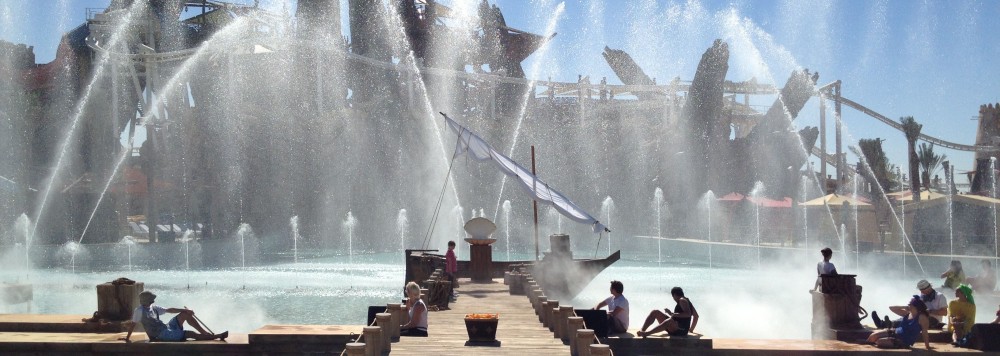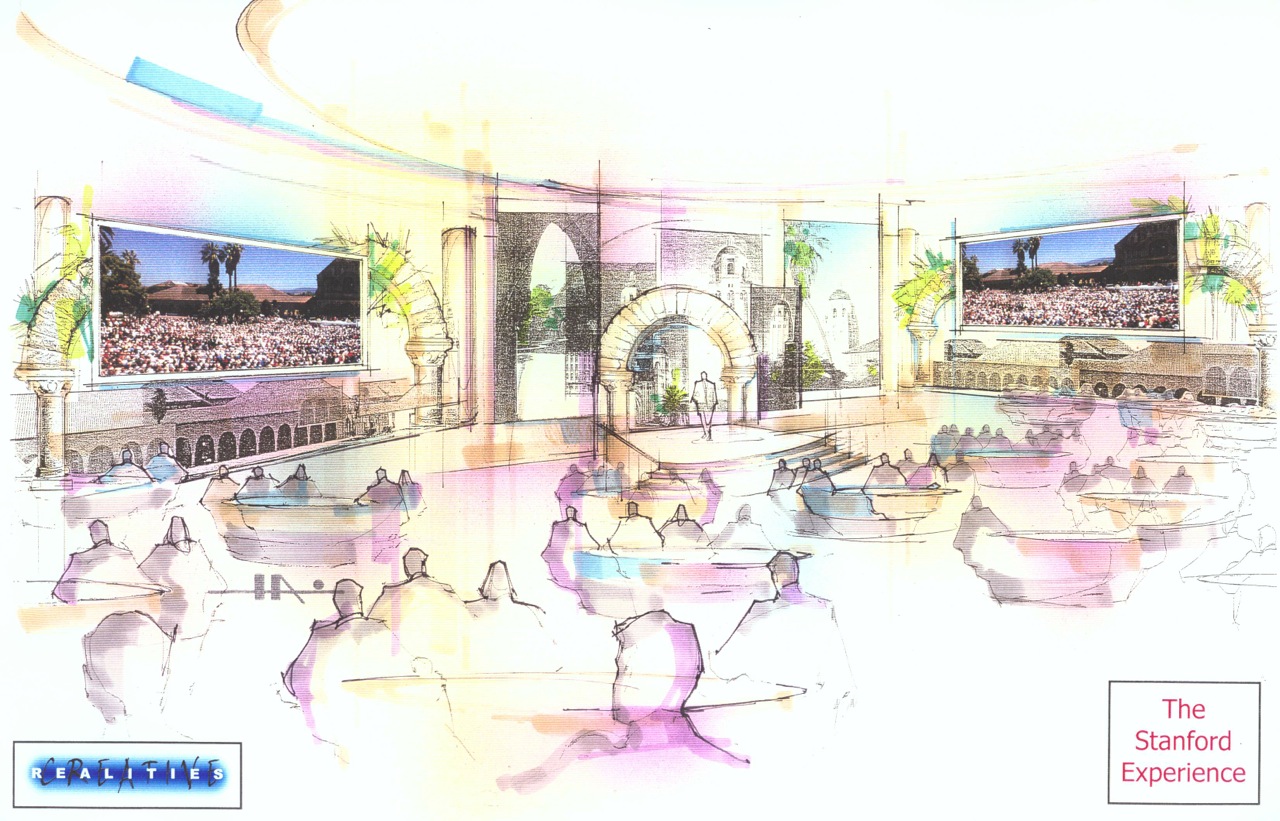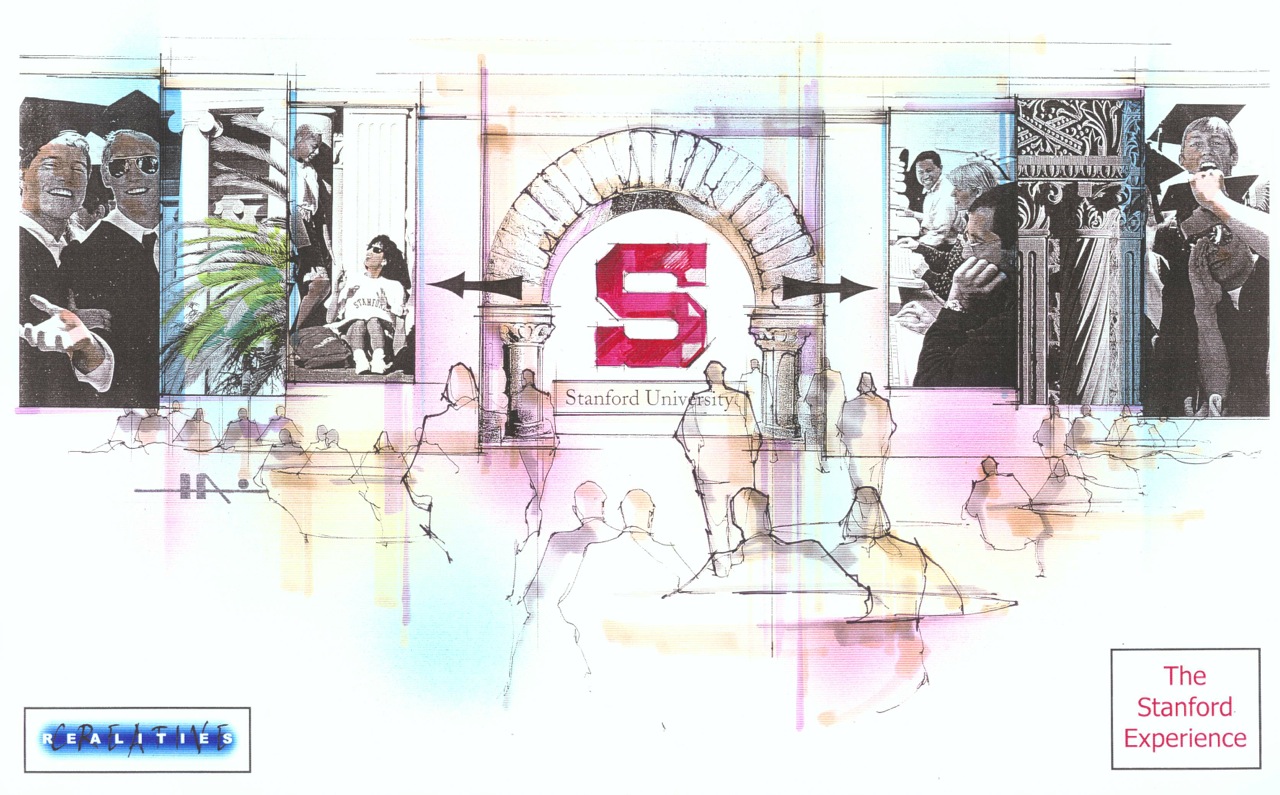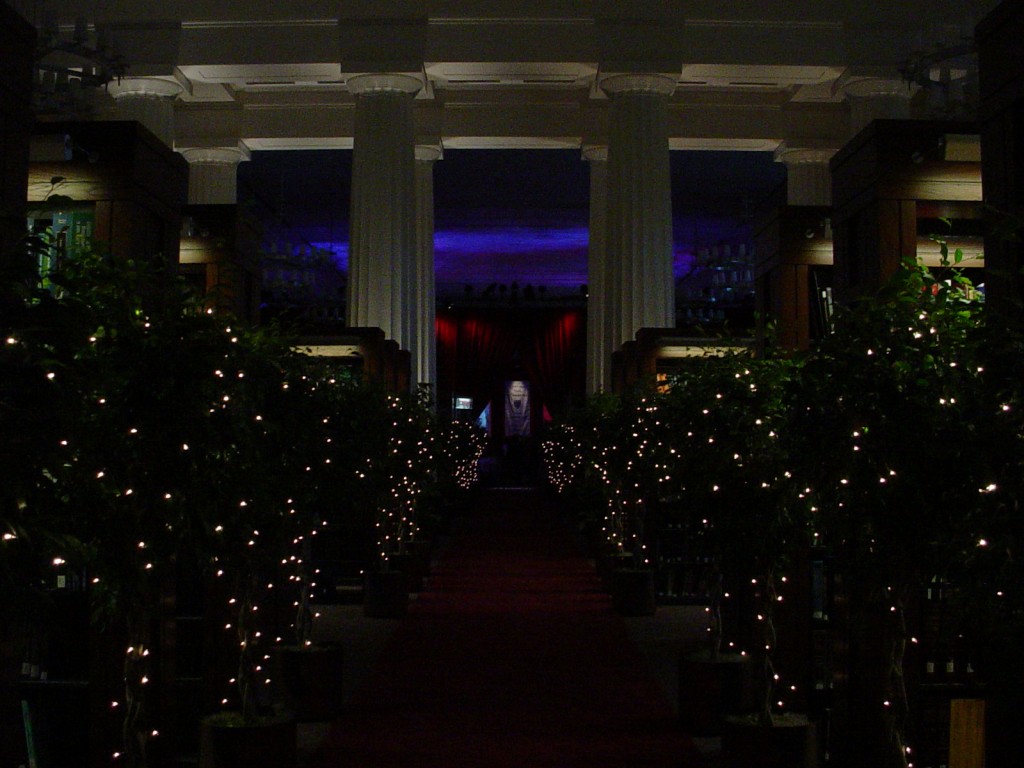Don’t give it all away at once.
Similar to the nurturing of a relationship; one doesn’t want to pour it all out on the first date and risk overwhelm. Too much, up front, can completely overload the audience early and virtually numb them to further sensation, empathy or inspiration; leaving them inured to subtlety and nuance as the Story or Experience unfolds. They depart “blown away” perhaps, though quite likely not moved as deeply or impressed as compellingly as they might otherwise be, had a lighter hand been used.
Rather, I try to shape the arc of storytelling such that I can share a little, create some curiosity, share a little bit more, pay off a bit of curiosity, share some more and with each, successive revelation ramp up the level of intimacy…the depth of the Experience. With this tool, I make my audiences more and more comfortable; gradually letting down their guard and giving themselves over to the experience through which I plan to lead them.
Sort of like cooking a lobster, I suppose! That virtual water gradually warms, their defenses dissolve and their emotions become mine to “devour” by manipulation. <evil laugh>
Within the previously referenced Stanford film, this dynamic was accomplished obliquely; revealing the modern campus, bit by bit, as the cyclist rode through and past icon and addition…giving the audience brief moment after moment of vision, discovery / recognition, exhilaration…
A well-crafted Experience can unfold through a number of such experiences, each and all created to reveal a piece of story, the answer to a previously-posed question, the solution to a practical riddle or dilemma; building on what has come before as the journey from curtain-up to curtain call continues.
I used to call this, “Gasp and Grasp.” The moniker drawn from the combination of the physical intake of breath as people recognize or appreciate the tidbit being revealed, compelling a subsequent, virtual “reaching-out” for the next morsel of story. Effective use of this technique engages the audience and creates a dynamic whereby they are in a subtle, constant cycle of anticipation and reward…and primed for maximum appreciation should there be an emotional or celebratory final Moment.
In my seminars, I share a slide that that has, in two different fonts, the words:
“That was amazing!”
and
“That … was amazing!”
I ask, in these seminars, if anyone can tell me the difference between the two statements. The difference is that the first one is what most Big Experiences deliver, spoken as might a teenager exclaim “That was AWESOME, Dude!” after a rollercoaster ride; this first “That was amazing!” is what most good storytellers deliver to their audiences.
Yet, what I strive for is better represented by the second “That … was amazing!”
This one, spoken in a gentle, thoughtful and almost reverential whisper reflects the speaker having experienced something profound in a way that may be too subtle to even articulate, though it remains with the audience member long after the house has gone dark and the audience departed.
What I seek is to create experience that awaits my guests upon awakening, the following morning…for images and feelings to continue to wash and swirl within them as they kiss their partners Good Morning and share a bit about what they experienced, the evening before…
Don’t give it all away, at once.
“Ah, but a man’s reach should exceed his grasp, or what’s a heaven for?”
-Robert Browning
Next Week: Subliminal Engagement



